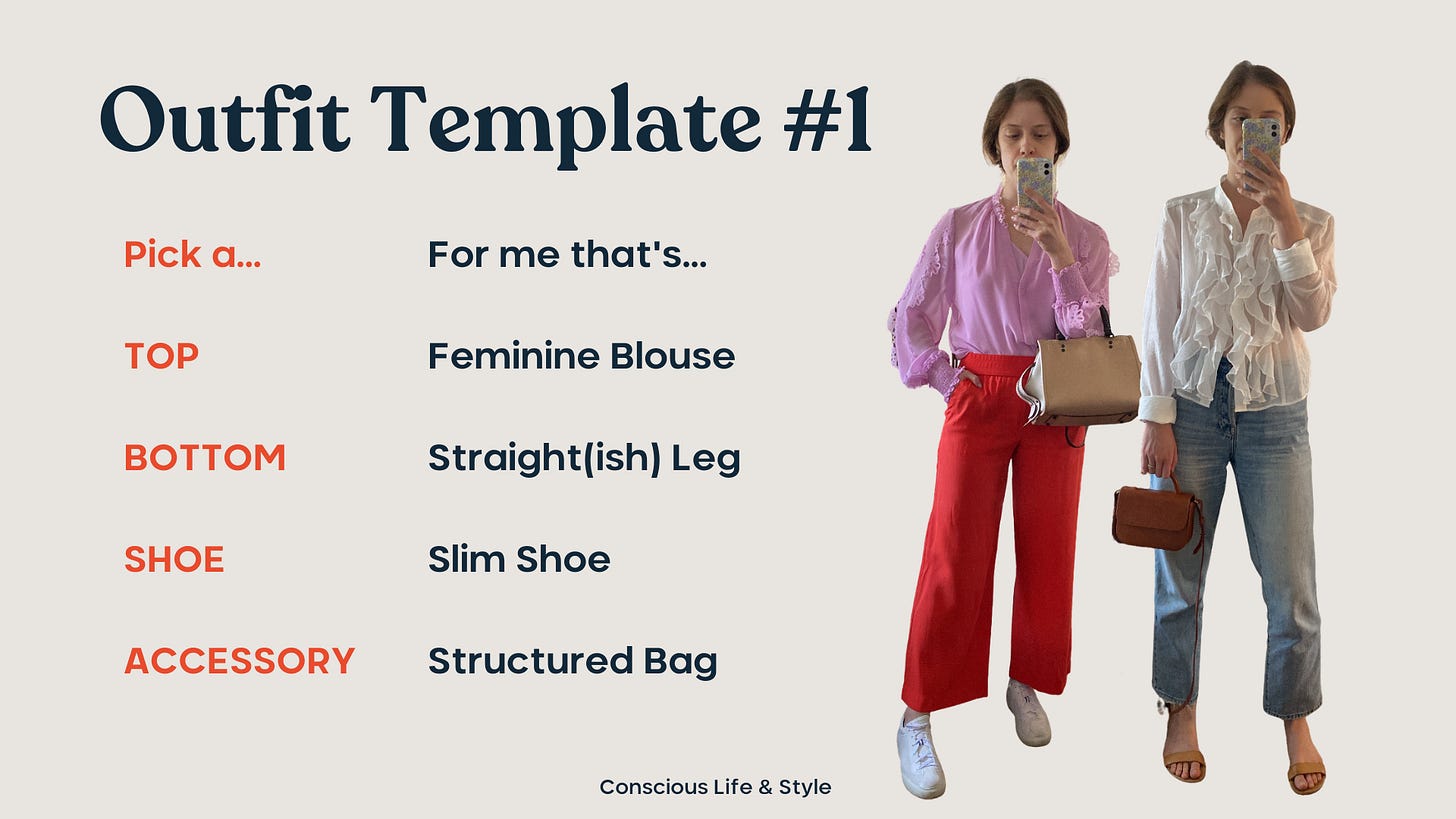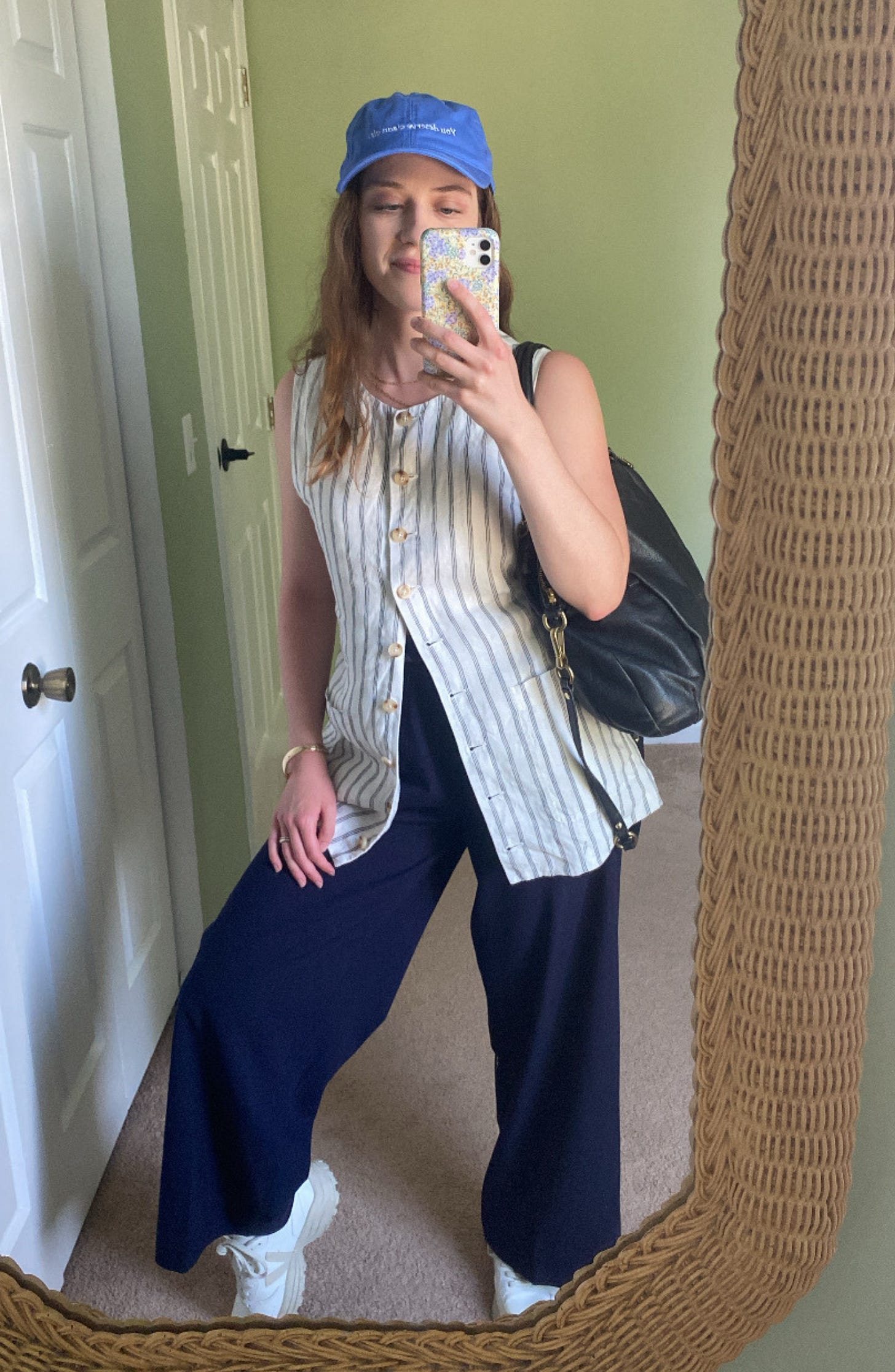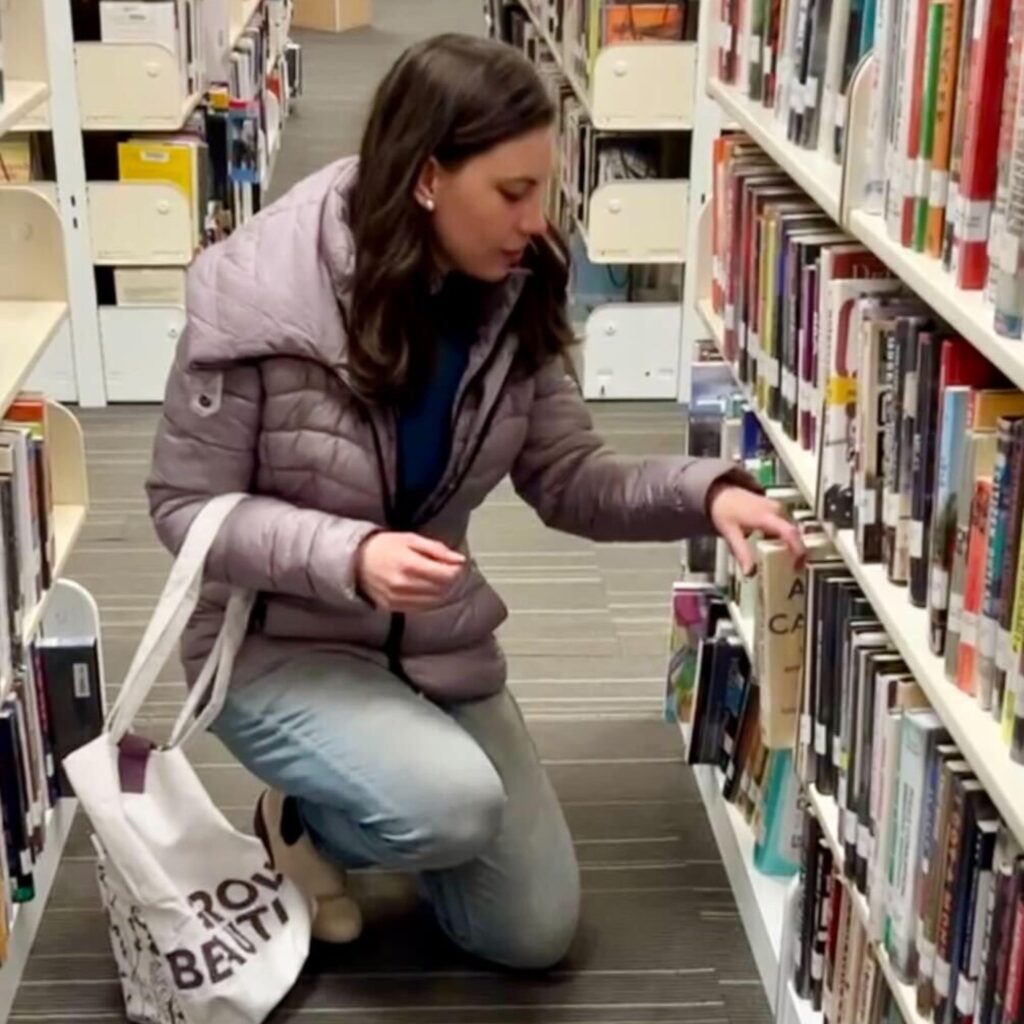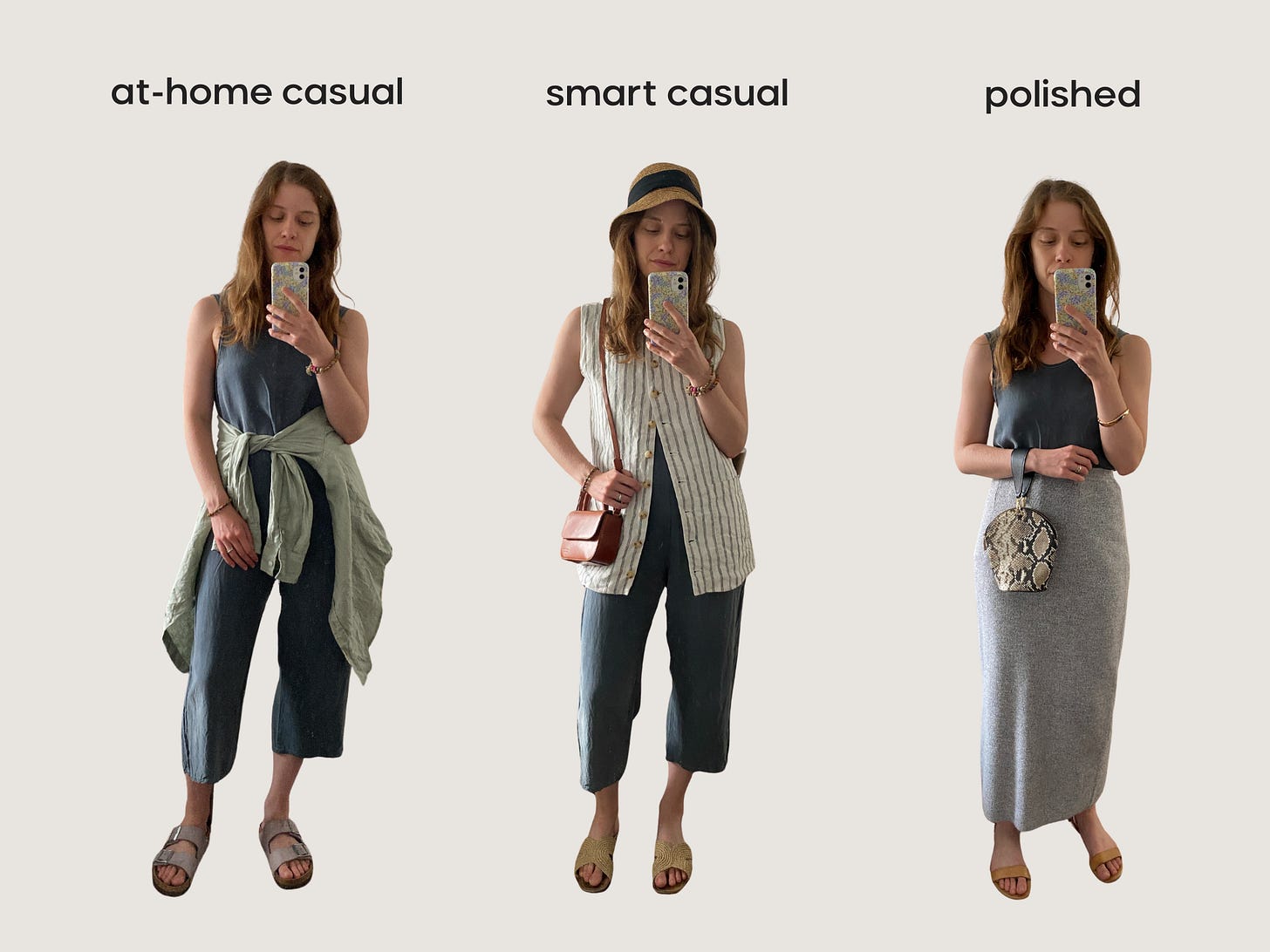While evening and nighttime hours are generally known as a time of rest and sleep for humans and many animals, a great number of insects actually become more active after dark.
A new global study has found that insect activity increases by an average of 31.4 percent at night.
In their research, scientists from The University of Western Australia (UWA) looked at 99 studies comparing insect activity during the day and at night, published between 1959 and 2022, reported The Conversation. They found that, while an average of nearly a third more insects came out after dark, the numbers varied greatly depending upon location.
“There are many reasons for this. In some cases, it relates to the availability or enrichment of resources, such as flowers that bloom during specific times. In other cases, it involves avoiding competition or predation. For instance, many caterpillars of moth and butterfly species are nocturnal to avoid day-active predators such as ants, reptiles, and birds. Additionally, it has been suggested that many aquatic insects are nocturnal to avoid being eaten by fish, which are primarily day-active visual hunters,” Mark K. L. Wong, a Forrest Fellow in UWA’s School of Biological Sciences, told EcoWatch in an email.
“Environmental temperatures also play a significant role: some insects can tolerate the heat, while others need to take refuge from it and only come out at night. We still lack a complete understanding of the activity patterns of many insects and the underlying mechanisms driving them. This represents an exciting and important frontier for future research.”

A monkey grasshopper. Nicky Bay
After looking through studies that had conducted day and night sampling of insect communities, the researchers excluded studies that had used methods like beating branches or sweep nets because they could result in the capture of both active and resting insects. They also excluded studies employing traps that were colored or lighted because they only attract insects in low light, hampering their effects during daylight hours.
The research team instead accepted studies that had used techniques that wouldn’t influence the results. These included those that had taken insect samples at night or during the day with traps that only caught moving insects — flight interception traps, pitfall traps and aquatic drift nets, for instance.
The team also referred to studies that had used food baits like dung for some beetles and honey for ants.
“One of the most memorable studies we encountered sampled mosquitoes using (unfortunate) human subjects as bait. Another had devised innovative automatic time-sorted pitfall traps to minimise the labour required, as the specimens collected would automatically be delivered into different compartments at different times of the day,” the researchers wrote in The Conversation.
In most of the studies they used, entomologists set traps before dawn and new ones before sunset, collecting samples at both times of day.
In order to improve their insect activity estimates, many of the researchers reported data from multiple field sites and days.
“High nocturnal activity may come as no surprise to entomologists and nature photographers. Many of us prowl through jungles wearing head torches, or camp next to light traps hoping to encounter these jewels of the night,” the researchers wrote in The Conversation. “But this is the first time anyone has been able to give a definitive answer to this universal childlike question. And now we know for sure, we can make more strident efforts to conserve insects and preserve their vital place in the natural world.”
In their analysis, the researchers found that more moths, caddisflies, mayflies and earwigs came out at night, while more bees, wasps, thrips and ants made appearances during daylight hours.

A mayfly. Nicky Bay
They found nocturnal insect activity was more common in waterways and wetlands, with as many as two times the number of insects becoming active in these aquatic environments after dark.
“We found high numbers of insects out during the day in open habitats such as grasslands and savannas, and high nocturnal activity in wetland habitats such as river and stream systems. In general, we also found high nocturnal insect activity in warmer parts of the world, such as the tropical regions, which are also a hotspot for insect diversity,” Wong told EcoWatch.
Land-based insects tended to be more active during the day, the entomologists found, with triple the numbers coming out in daylight.
“This may have something to do with avoiding predators. Fish tend to hunt aquatic insects during the day, whereas nocturnal animals such as bats make life on land more hazardous at night,” the researchers wrote in The Conversation.
Warmer areas of the planet had more active nocturnal insects. Being “ectotherms” — unable to regulate body temperature — insects are very sensitive to temperature extremes.
“Insects are ectotherms, meaning their activity is heavily influenced by external temperatures. As the climate warms, there is growing concern about increasingly warm nights. Many insects may be nocturnal because daytime temperatures are too high for them. Further warming of nighttime environments could push these insects closer to their thermal limits or reduce their period of activity, limiting their ability to obtain crucial resources,” Wong told EcoWatch.
This highlights the importance of climate change’s impact on insect activity.
Higher maximum temperatures could promote increased nighttime activity as insects try to avoid heat stress.
“Our research also points to the threat of global warming. In the hottest regions of the globe such as the tropics, the warming trend may further reduce the activity of nocturnal insects that struggle to cope with heat. To this end, we hope our study motivates day-loving ecologists to embrace night-time ecology,” the researchers wrote in The Conversation.
Many of the essential ecosystem services performed by insects — pollination, “pest” control and nutrient cycling — are provided at night when they are active. This means humans must reduce some of their activities and lower levels of artificial light at night, which is detrimental to nocturnal insect activity.
Insect numbers have dwindled globally, but there are things individuals and communities can do to help.
“Insect populations are increasingly threatened by human activities such as land conversion and land use (e.g., deforestation and agricultural intensification), the extensive use of pesticides, and climate change. Advocating for the protection of natural habitats and making informed choices with our groceries can go a long way. For those with gardens, allowing them to grow naturally — instead of using weedkillers or mowing them into bare lawns — can create rich habitats for insects. Additionally, there is compelling evidence that artificial lights disrupt the behaviors of nocturnal insects. To mitigate this, we can minimise our use of nighttime lighting by simply switching it off when not needed,” Wong told EcoWatch.
The study, “Global meta-analysis reveals overall higher nocturnal than diurnal activity in insect communities,” was published in the journal Nature Communications.
“Insects are among the most diverse and important organisms on our planet. Studying their intricate rhythms represents not just a scientific endeavour, but an imperative for preserving wildlife,” the researchers wrote in The Conversation.

A hood mantis. Nicky Bay
The post Nearly a Third More Insects Come Out After Dark, Study Finds appeared first on EcoWatch.
https://www.ecowatch.com/insect-activity-day-night-science.html
Green Living
You’re multi-dimensional. So is your style.
Personal style is a dance between dualities: fashion as art and fashion as function; clothing as self-expression and clothing for our circumstances.
Style is a medium for communication and self-expression, yes. But it’s also shaped by the environments and requirements around us, from workplace dress codes to city cultures, climates, and specific occassions.
In last Saturday’s workshop, where we talked about how to remix what you already have in your closet, attendees shared a common challenge:
How do you balance your personal style expression while dressing for the various situations and environments we operate in?
“I’ve found above all else my style is highly influenced by my environment (my job, my city etc.)—sometimes it becomes about ‘fitting in’ and losing individuality”
“I find I’m too led by my day-to-day lifestyle. I WFH and so often I just don’t get dressed at all.”
“There are too many applications: workout, work, at home, formal occasion.”
Style as Identity vs. Style as Communication
It’s no wonder style and getting dressed can feel so confusing.
In the personal style world, we learn to dress for who we are on the inside. And then we see the style rules in fashion media: here’s how to dress for this season, this dress code, this city.
And in our real lives, we have real dress codes we might have to follow, whether for a workplace or a wedding.
But what if all those sides conflict?
- If my style words are “casual” or “sporty” but I’m in a workplace 40+ hours a week that requires business formal, where does that leave my personal style?
- If I love vibrant and artsy looks, but I live in a city full of neutrals, what do I wear?
It’s no surprise it feels… complicated.
Here’s my take.
We’re Not One-Dimensional — Neither is Our Style
Sometimes I want to disconnect and live in cottage in the mountains, surrounded by more trees than people. Other days I dream of having an apartment in the center of Paris where I see more people in a day than live in my hometown.
I’m light, joyful, maybe even quirky with friends. I’m ambitious, intentional, perhaps more serious in work. There are times I feel it’s best to soften and let it go; other times it feels most aligned to be unapologetically outspoken.
We are human. We’re social creatures. We’re complex and full of contradictions.
Social media has trained us to fit people into neat boxes because “niche” is what performs in the algorithm.
In real life, though, our “authentic” selves aren’t so one-dimensional.
I’m not speaking to new networking contacts the same exact way I talk to my best friend I’ve known for years. That doesn’t mean I’m pretending to be someone else. It just means I’m showing up a bit differently depending on the context.
Similarly, our personal style doesn’t have to be expressed in one singular way.
That’s what’s beautiful about fashion! We have the opportunity to express ourselves a bit differently each and every time we get dressed.
What we wear might ebb and flow with a situation, the season, or our mood. There are common threads, but differentiators too.
Three distinctly different looks can all be authentic.
For me, personal style isn’t about being setting such rigid parameters that we can no longer embrace our multi-dimensional nature.
And there’s undoubtedly the layers of privilege at work here too. Is it safe to dress in alignment with your true identity in that particular situation? Will you be taken seriously? Could there be repercussions?
There’s a lot to untangle when it comes to what we wear.
Making Our Multi-Dimensional Style Practical
As I shared in last week’s workshops, style is many layers. The four I see it through are the vibe, the shapes, the colors & textures, and our lifestyle & values.

The aesthetic reflects your vibe, mood or style adjectives.
- For example, my vibe or adjectives are feminine, structured, grounded.
The shapes are the fits, silhouettes, and proportions you love.
- I often wear outfits with a straight silhouette or tailored fit balanced with a relaxed, flowy, or drapey element.
Colors & textures include your preferred palettes, fabrics, and the way materials feel.
- I prefer wearing natural fibers when possible. I like gold jewelry, and I feel more aligned in lower contrast looks. Lighter colors for day. Sometimes darker for evening or certain events.
The lifestyle & values element is the consideration of your actual day-to-day. What situations and environments are you dressing for? What is important to you?
- I work from home so comfort is key most of the time. I value slow fashion practices — rewearing, repairing, and supporting circular practices and sustainably-minded brands.
Once you understand these layers of your style, the next step is figuring out how to apply them in real-life situations.
Applying Your Style to the Situation
In last week’s workshops, I talked about the role of outfit templates here for various situations. What is the foundational blueprint of what you might wear to your office, working from home, in a school setting, at home, running errands, and so on?
There are opportunities to bring in the layers of your personal style in these various situations, but it does require some intentionally on the outset. Otherwise, it’s easy to fall into our old patterns or copy what others around us wear. (Even subconsciously, as fashion psychologist Shakaila Forbes-Bell has shared!)

Here’s one of my work-from-home outfit templates that balances style and situational needs:
- Blouse with feminine detail: I start with the top for Zoom calls!
- Straight-leg bottoms: this could be jeans, colorful pants, or a column skirt
- Slim shoes: the general “slim” descriptor makes it versatile across seasons
- Structured bag: an option to add polish when coworking at a café
By thinking in these various layers (vibe, shapes, colors & textures, and lifestyle & values) you can build outfits that feel authentic to you while fitting the constraints of the external situation.
What About One-Off Unique Situations?
Like this Wednesday evening, I spoke on a “Sustainable Fashion in Action” panel with Chicago Climate Connect during Sustainable Fashion Week Chicago. But the panel was also taking place at the Patagonia x Worn Wear store.
So the vibe was professional meets fashion, but also kinda casual?! And we are still in the Midwest here. I have to say, this one wasn’t easy.
But here’s the step-by-step thought process that helped me balance my style, function, and a unique-to-me context.

- I picked a foundational piece: My navy wide-leg trousers were business casual without being too formal and were practical for train travel.
- And functional accessories:My old Coach bag fits everything and my chunky Veja sneakers matched the vibe I was going for so those were the picks.
- Then a piece that brought it all together:At this point I was mixing high-contrast colors (white with navy & black) and different vibes (trousers vs. sneakers). I felt like I needed a bridge for the outfit, and this navy-striped vest tied it all together.
- Finally, some final touches: Gold jewelry made the look feel more “me”, while this cap from Abbie at The Filtery made it all feel effortless.
In the end, this outfit took a lot longer to create than a typical look.
It took longer to create than my usual outfits, but it felt just right. The combination was practical, suited my style, fit the vibe of the panel, and aligned with the weather.

This panel outfit reminded me that style is what we wear to express ourselves, but it’s also a tool to help us navigate our lives. By thinking through these layers of personal style (vibe, shapes, colors, textures, and lifestyle needs) we can balance showing up authentically while honoring the nuances or navigating the constraints of a situation.
For me, that’s the real power of personal style.
One single outfit can’t tell the whole story of who we are. But personal style can be flexible, functional, and expressive of the many sides of our multi-dimensional nature.
So lately, more than asking “does this outfit perfectly express my full self?” I’ve been finding myself asking:
“Does this outfit help me show up in the way I want to? Does it say what I want it to say in this particular moment?“
The post You’re multi-dimensional. So is your style. appeared first on .
Green Living
What Is a Third Place and Why Do They Matter?
Last Updated on October 2, 2025
It’s no secret my greatest love is theatre. From the time I was three years old, I knew I wanted to be an actor.
In an effort to make new friends after moving to Maine, I auditioned for a local production of Shrek. (One of my least favorite shows, but full of some of my soon-to-be favorite people). And you know what it taught me? Third places (theatre being one of them) matter.

Thanks to theatre, I fell into a gorgeous community, and these days, I volunteer in (almost) every corner (painting sets, assisting with costumes, and of course performing!). Here’s everything you need to know about what a third place is and why we need more of them.
what is a third place?
A third place is a public spot you can meet and connect with others through a shared interest or skill (like theatres!).
Third places are fantastic for socializing, exchanging ideas, and building community. Basically, a safe space to be yourself and find like-minded people.
Many third places are also entirely free, or low-cost. This is incredibly important because almost everywhere you go nowadays requires payment just to get in or participate. This creates an air of exclusivity and can keep lower income communities away.
But several third place areas are entirely free (like libraries and parks), or accessible due to their affordable pricing.
And beyond being good for our wallets, third places are equally good for our health. That’s because humans are social creatures that enjoy being around other people.
At third places like cafes, you can interact with strangers from various backgrounds and incomes in a positive, safe environment. Because everyone, from all walks of life, are welcome there.

why are third places disappearing?
Third places aren’t necessarily disappearing, but they were impacted by the pandemic when being around groups of people became hazardous.
Specifically, third places like coffee shops, bars, and gyms were hit hardest. However, the opposite was true for parks – everyone became aware just how important our outdoor spaces are.
That said, many third places never fully recovered from the pandemic when certain businesses realized they could function 100% remote. For example, if no one is arriving in person to a business office, a nearby cafe might suffer from less foot traffic. And rising rents don’t help matters.
Last but not least, certain people may find it difficult to locate a third place near them if they live in a rural setting. Third places tend to be easier to locate in cities.
However, third places can also be found through online communities (more on that later). The irony is the internet has also led to the decline of physical third places.
I think it’s important to have both so there’s a balance. Online communities are amazing, but there’s something about meeting people in person that hits different.

how is a third place different from a hangout?
A third place is different from a hangout in the sense you go there to socialize without any specific goal in mind. Or sometimes, you don’t socialize at all – but simply want to be around other like-minded people.
Whereas a hangout is more planned, a third places doesn’t demand any kind of itinerary or interaction if you don’t want to. Sometimes just hearing neighboring gossip or interacting with a barista is enough.
For example, if you go to a gym, you could chat up the person using the machine next to you. Or, you could simply enjoy the presence of others. There’s no right or wrong.
But with a hangout, you go with the intention of socializing and getting to know someone (or multiple someones).
how is a third place different from a club?
A third place is different from a club in the sense that clubs tend to be more exclusive, whereas third places are for everyone.
Typically, third places don’t have memberships (unless they’re gyms). There’s no barrier between you and that place. Everyone is welcome.
For example, if you’re trying to get into a ‘Homeowners Club’ the one requirement would be to be a homeowner. Which many Americans cannot afford, especially considering the cost of living is going up.
There’s no obligation to be at a third place. Nor are there any specific dress codes or strict requirements. Anyone from any class, culture and gender can participate without pulling rank.

why do third places matter?
Third places matter because they offer people another place to relax, unwind, and connect outside of their homes. Without spending aberrant amounts of money.
Third places encourage social connection without any pressure to perform. We choose how much we engage, if at all. And sometimes just being around other people is enough.
During the pandemic when only essential personnel were leaving the house, it was a stark reminder of how important these spaces are. Without human connection, mental health suffers.
On top of this, third places can be wonderful, neutral areas to do work and start projects. Think of your local cafe, bursting with people doodling in sketchbooks, writing in notepads and typing on laptops.
People flock to these locations not just for free WiFi – but to experience a change of scenery. Make light hearted conversation. Savor a cup of coffee made by someone else. Whatever the reason, there’s a clear need for them.

what are examples of third places?
There are several examples of third places, including:
- Libraries
- Parks, playgrounds and dog parks
- Cafes
- Theatres
- Bars and lounges
- State parks and nature reserves
- Gyms and yoga studios
- Recreation or community centers
- Community beautification group
- Community gardens
- Privately owned public spaces (like a plaza)
These are just a few I could think of off the top of my head, but I’m sure there are plenty more third places.
Also, be mindful of online third places as well! For those who don’t have access to any of the above, you may be able to find solace with online communities like Reddit groups, digital book clubs, Instagram group chats, and WhatsApp community groups.
That being said, there’s a charm to visiting a third place in person. So if you’re able, and have access to one, definitely take full advantage!
So, will you be visiting a third place? Let me know in the comments!
The post What Is a Third Place and Why Do They Matter? appeared first on Going Zero Waste.
Green Living
How to Create Outfits That Fit Your Style and Your Life
Style should work with your life, not against it. So often when we talk about fashion and style, we focus on the aesthetics alone. The shapes, the colors, the designs we like.
But we aren’t mannequins in a showroom or models in a photoshoot — we have to actually wear the clothes in our actual lives.
The feel of the fabric, the flexibility of the fit, and the wearability of those silhouettes matters too.
One of the most common challenges I hear from the community is that their current style or closet is misaligned with their day-to-day lives.
“I feel like I know what I like but I have a hard time balancing that with my actual life.”
“I love structured outfits but I work from home and find the sensory feel of stiff clothing feels off/wrong somehow, so I always change back into sweats.”
“I struggle with keeping cute outfits for ‘occassions’ instead of getting cute for just regular life.”
Integrating Practicality and Expression
I’ve talked about the duality of fashion as art and fashion as function before, but I wanted to make it more applicable.
How can we actually balance those two sides of fashion (art and function) to create outfits that not only work for who we are, but what we do day to day?
I used to think “fashion as art” equaled dressing up with a gown and heels while “fashion as function” meant sweatpants and sneakers.
But it’s not so binary — there’s a beautiful spectrum in between. And that’s probably the space most of us are dressing in, most of the time.
Here’s what I’ve learned from integrating my style with practicality for my work-from-home or work-from-café attire.
Consider the Fabric:
The wrong fabric can quickly make an outfit impractical. If it’s itchy or isn’t breathable, you’re not going to last very long in it if you don’t have to. Alternatively…
- A breathable cotton dress can often be even more comfortable to me than sweats in the heat. It’s easy, keeps you cool, but isn’t fussy.
- A linen button-down or crisp cotton blouse feels much more put-together than a t-shirt but can offer a similar level of comfort.
- Some fabrics have more give than others. Generally knits are more forgiving than woven fabrics (if that woven fabric isn’t blended with elastane). When a brand advertises “stretch fabric” it usually mean synthetics, but a quality wool knit should also be able to stretch and spring back pretty well.

Ensure a Good Fit:
Sometimes it’s not the formality of the piece that’s the problem, but the wrong fit.
- Are the shoulders too narrow, restricting your movement?
- Is the fabric stretching or puckering at the bust?
- Are the sleeves allowing for bending without feeling tight?
- Can you sit in those pants without them pulling or the crotch cutting in?
Also the waist is a big one! For me, a trouser with a stretchy waist is almost as comfortable as a pair of sweats (I said almost!) but elevates the outfit 10x.
Remix the Garment Ingredients:
The biggest lesson I’ve learned is to get more comfortable remixing the “ingredients” of my wardrobe in new ways.
A lace trouser doesn’t have to go with an elegant blouse! It can, if I want it to feel polished, but I could also pair those trousers with a tee and a denim jacket for a more smart casual look.
I could even wear the trousers with sneakers and pull my hair back for a fully casual option.

I also have a silky cupro jumpsuit that I used to only wore with heels. But I challenged myself to try three new styles with it that were more practical for my everyday.
- I wore it with a linen button-down wrapped around my waist and birkenstocks for casual day around the house.
- I paired it with a cotton vest for a day-running-errands look.
- And then I put a column skirt over the jumpsuit for an option that was elevated but not as “fancy” as it felt with a pair of heels.

The point is there are probably far more options to adjust the clothes in your closet to your current life than you think.
That’s exactly what my framework for remixing your closet is all about.
Finding new ways to wear old clothes so you can create outfits that meet what your present self needs. Not still wear your wardrobe like that version of you five years ago.
If you’re ready to go even deeper, you can join my 6-week live course, Love Your Closet Again! This is where you can start creating outfits that align with your style *and* life, using the clothes you already have. And if you do buy, you’ll know how to identify outfit multipliers — instead of just adding more stuff.
In the course, you’ll get step-by-step support plus opportunities for personalized feedback. Learn more here. 
The post How to Create Outfits That Fit Your Style and Your Life appeared first on .
-
Climate Change2 years ago
Spanish-language misinformation on renewable energy spreads online, report shows
-
Climate Change Videos2 years ago
The toxic gas flares fuelling Nigeria’s climate change – BBC News
-
Climate Change2 months ago
Guest post: Why China is still building new coal – and when it might stop
-

 Greenhouse Gases1 year ago
Greenhouse Gases1 year ago嘉宾来稿:满足中国增长的用电需求 光伏加储能“比新建煤电更实惠”
-

 Climate Change1 year ago
Climate Change1 year ago嘉宾来稿:满足中国增长的用电需求 光伏加储能“比新建煤电更实惠”
-
Greenhouse Gases2 months ago
Guest post: Why China is still building new coal – and when it might stop
-

 Carbon Footprint1 year ago
Carbon Footprint1 year agoUS SEC’s Climate Disclosure Rules Spur Renewed Interest in Carbon Credits
-
Renewable Energy3 months ago
US Grid Strain, Possible Allete Sale




